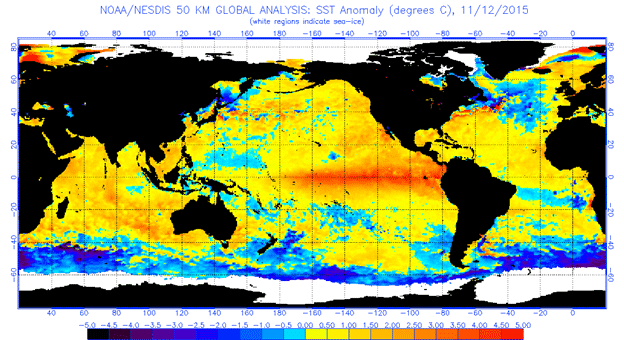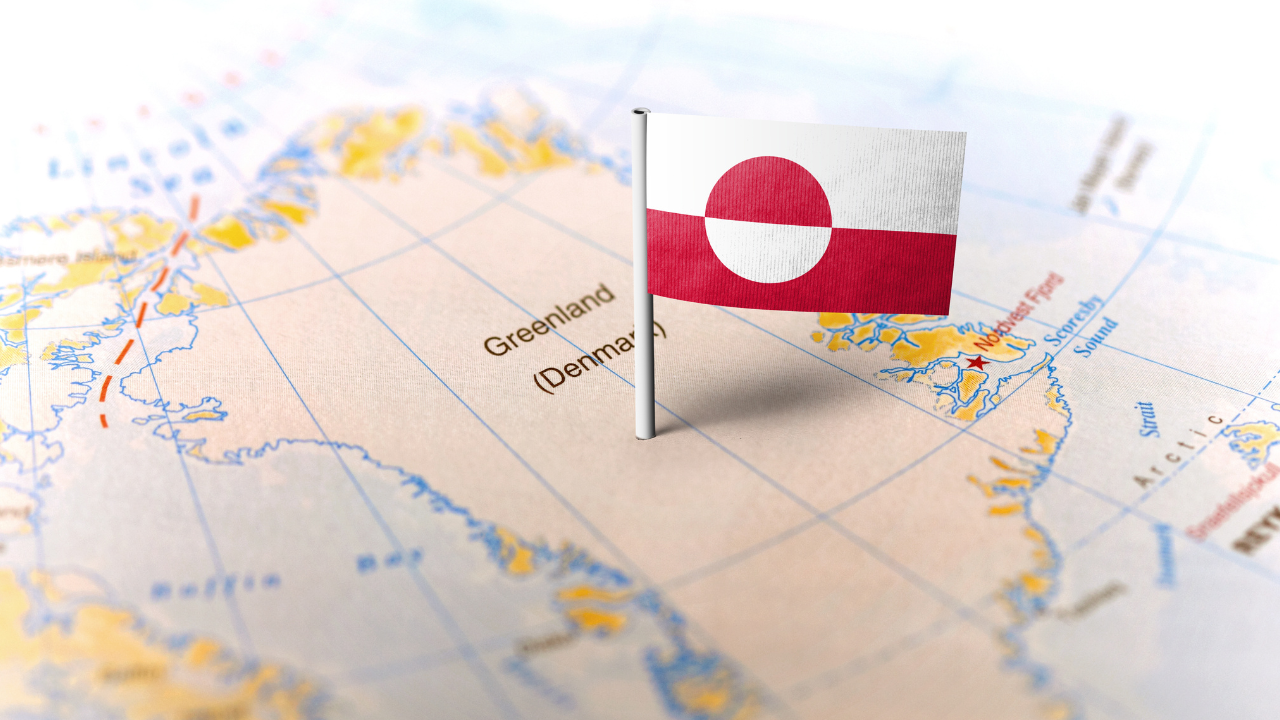The current El Niño episode looks set to be the strongest ever recorded, beating even that of 1997-98. The effect of El Niño, either dryer or wetter, or hotter or colder, than average conditions, can be felt across the southern hemisphere from Latin America to East Asia, and across to Australia.
According to the World Bank, El Niño’s impact on commodity prices is «likely to be predominantly local rather than global because global markets are currently well-surprised». But «local» can still affect «global». For example, as the world’s largest exporter of fishmeal and fish oil (sourced mainly from anchovies), Peru is being negatively affected by warm ocean currents. Since both fish oil and fishmeal go into the feed used for farming seafood and fish, any rises (which look likely) in their prices, will lead either to farmers’ margins being eroded, or the prices of the likes of prawns, shrimp or salmon going up.
Temperature Anomaly Chart

Source: U.S. Department of Commerce: National Oceanic and Atmospheric Administration (NOAA)
Note:
Anomalies represent deviations from normal temperature values, with unusually warm temperatures shown in red and unusually cold anomalies shown in blue.
Get the latest news & insights from MarketVector
Get the newsletterRelated:




